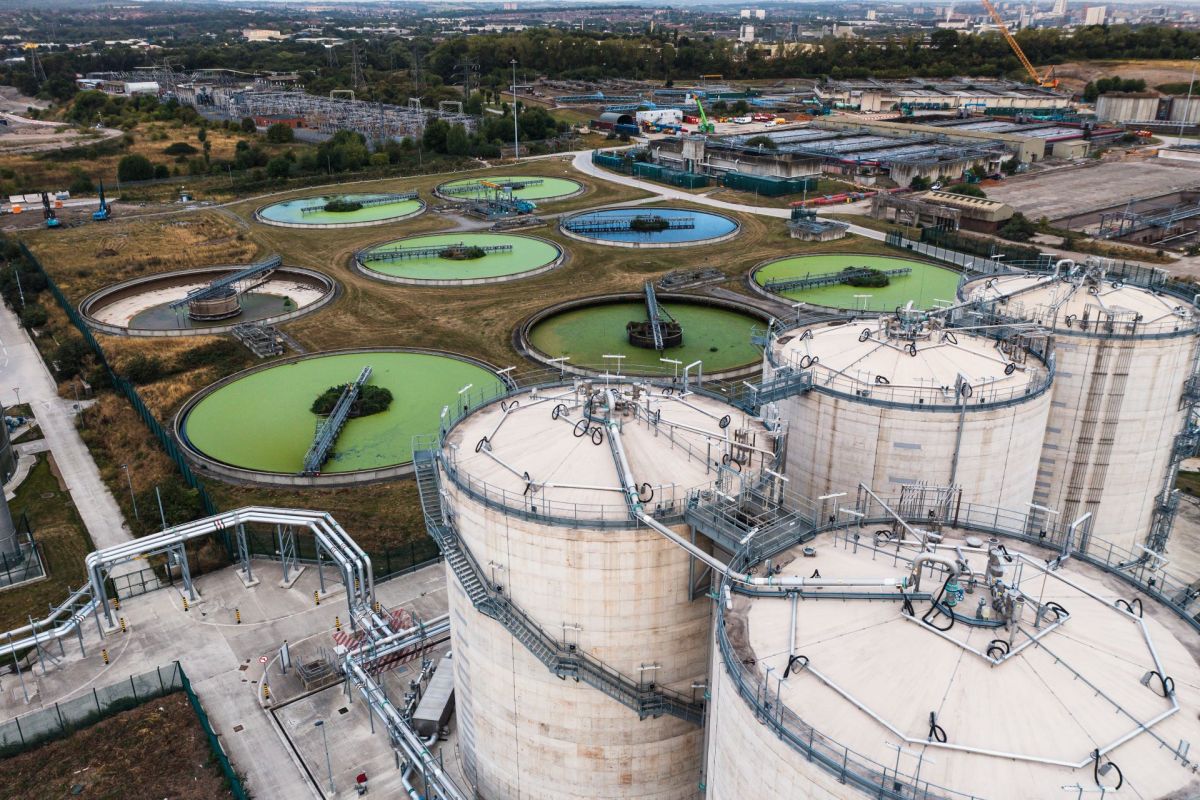A new study found that rising sea levels are threatening to disrupt hundreds of toxic sites, such as sewage treatment plants and refineries, which could pose a serious threat to coastal communities.
The report, which was published by researchers at UC Berkeley, UCLA, and the nonprofit Climate Central, also found that in the U.S., people of color who are living below the poverty line or who are socially disadvantaged in another form are most at risk.
What's happening?
Sea levels are continuing to rise due to our planet's overheating, which is caused primarily by the burning of dirty energy sources like oil, coal, and gas for power.
Rising temperatures around the world are causing glaciers in places like Greenland and the South Pole to melt rapidly.
To make matters worse, water expands as it is heated in a phenomenon called thermal expansion, which means our oceans are expanding as they get warmer, causing more coastal flooding.
But rising seas aren't the only reason many areas are flooding.
As our atmosphere warms, it is also able to hold more moisture, which means more heavy rains in some regions. Places like southern Florida and Bangladesh have seen a double whammy of coastal flooding due to rising seas from below and increasingly powerful downpours from above.
Why are rising sea levels and flooding such a problem?
A Berkeley press release about the study explains that under California's high-risk aversion scenario, which projects that sea levels could rise by more than 6 feet by the year 2100, there are at least 736 toxic industrial facilities at risk of coastal flooding.
This could spread toxins throughout the area and affect drinking water, putting human and animal health at risk.
"Again, climate change amplifies inequality," explained the study's lead author Lara Cushing, an assistant professor of environmental health sciences at the UCLA Fielding School of Public Health. "Sea level rise will present additional risks of contaminant releases to communities already living with pollution sources in their backyards."
What's being done about rising sea levels?
Coastal cities in California and around the world are preparing for an increase in rising sea levels. In Miami, new roads and homes are being built several feet above surrounding buildings.
Jakarta, the current capital of Indonesia, is increasing green space to combat flooding since plants and soil help absorb floodwaters, and the political capital of the country is being moved elsewhere.
Flood-resistant houses are also being built around the world.
The ultimate solution is to rapidly cut our reliance on dirty energy sources, like oil, coal, and gas, which greatly contribute to the overheating of our planet, and pivot to powering our cities with abundant, cheaper clean energy.
Join our free newsletter for cool news and cool tips that make it easy to help yourself while helping the planet.









